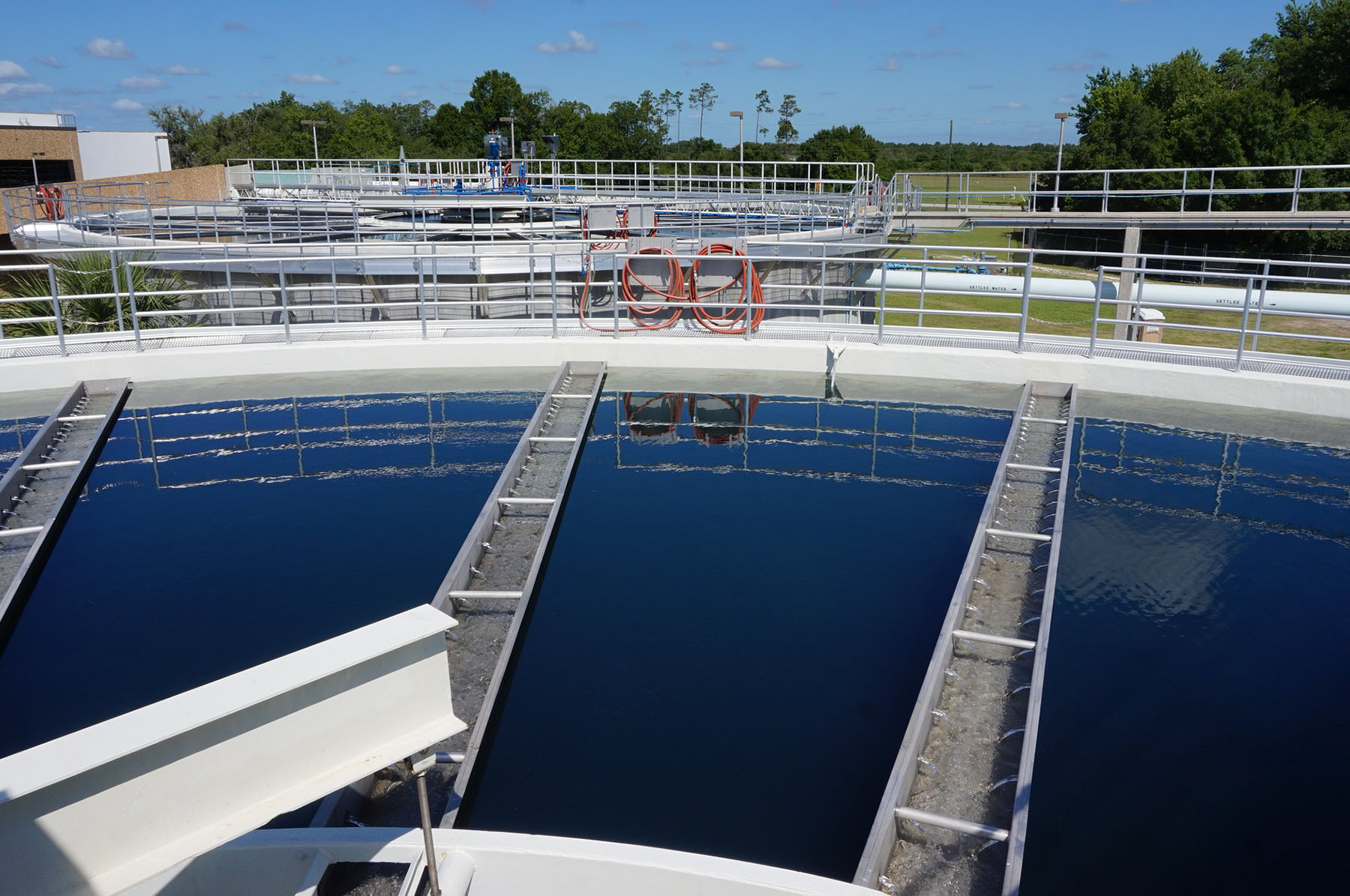
Famed actress and UNICEF Goodwill Ambassador Audrey Hepburn once said, “Water is life, and clean water means health.” But having access to water infrastructure provides much more than improved public health.
Public investments in clean, sanitized water (as well as adequate sewage systems) also provide communities with foundations for future economic prosperity. But there are questions: Just how much? And what variables affect how such prosperity comes to pass?
Further reading:
- Initiative launched to aid US areas without wastewater treatment
- Bridging the Gap on infrastructure investment
- Public transit’s future is bright, technological, equitable
“For those of us who work with water resources, it’s always seemed pretty obvious that having water is going to have a positive economic impact on communities,” said Daniel P. Loucks, Ph.D., P.E., BC.WRE (Hon.), NAE, Dist.M.ASCE, a professor emeritus of civil and environmental engineering at Cornell University. “Without it, nothing lives. Nothing gets made. It’s critical – and that’s why it’s always been a key part of infrastructure development.”
Perhaps that connection should be obvious. But Stephen Gasteyer, Ph.D., an associate professor of sociology at Michigan State University, said that his previous work with Rural Community Assistance Partnership, which provides technical assistance to low-income, rural communities around basic services, including water and sanitation, demonstrated that the “value add” from water infrastructure investments in rural communities in the United States was not always an easy thing to quantify.
“There are plenty of studies internationally showing that if you put water and sewer into rural communities, it makes a huge difference not just in human well-being, but (it) also provides new opportunities for community and economic development,” he said. “But there was nothing that looked at what kind of difference water infrastructure in the U.S. made. It seemed like something we should understand better.”
While many may think that lack of water and sanitation access are issues found only in developing nations, an estimated 2.2 million Americans still live in communities without running water or sanitation – and Gasteyer’s previous work, with colleague J. Tom Mueller, Ph.D., a rural sociologist at the University of Kansas Medical Center, has shown that race plays a major role in who gets water and sanitation access across the country.
After winning a grant from the U.S. Department of Agriculture in 2022, the two started to gather data on water and sewer expenditures to better connect it to later economic development in the rural communities that have made such investments.
“If you take a small community of 500 in Appalachia and put in a new water and sewer system, you would bet that it will have a transformational effect on that community. But we really didn’t know what that looked like,” Gasteyer said. “After collecting our data, we found that it actually takes quite a while for you to see the expected return on investment. The communities that put in water and sewer systems didn’t see real effects until eight years after doing so.”
Certainly, it takes time for people to build new businesses in these rural communities – and, unfortunately, communities with higher incomes and more economic resources will see faster and larger returns on water resource investments.
“Once you’ve got a fully functional water or sewer system in a community, people need to gather the resources to build new businesses – to put in the bed-and-breakfast or the barbershop or to put in the new bar in town,” he said. “People in the community need to have money to invest in these new ventures. But this may have implications for us as we think about how to capitalize (on) our water investments, particularly now when there is more federal money to upgrade these things.”
The passing of the Infrastructure Investment and Jobs Act in 2021 allocated more than $50 billion to water infrastructure – but knowing that “a rising tide may not lift all boats to the same level” means that we should think about how communities can best capitalize on their investments, Gasteyer said. It may be that infrastructure developments have to consider additional interventions to ensure that communities get the most out of their new or upgraded water and sanitation systems.
“We have to start thinking creatively,” he said. “And for civil engineers who provide these systems, I think it would be beneficial for them to talk to the community, look beyond regulations and numbers, and partner with the people on the ground to come up with solutions that can ultimately enhance development.”
Loucks said that Gasteyer and Mueller’s data aligns with his own experience working in developing areas. And, for his part, he wishes that more sociologists and civil engineers would collaborate while designing water infrastructure. He said it could help civil engineers and water resource experts better evaluate trade-offs in their designs. He added it would also help civil engineers gather the community engagement required to overcome hurdles that can sometimes interfere with infrastructure development.
“There are always going to be engineering trade-offs whenever you put in a water system,” he said. “Understanding the community and their specific needs can help us figure out the best way forward and work with the community to overcome any obstacles. It could help us lay out different alternatives and educate the people who will make the decisions about what their different options are and what they can offer them.”



